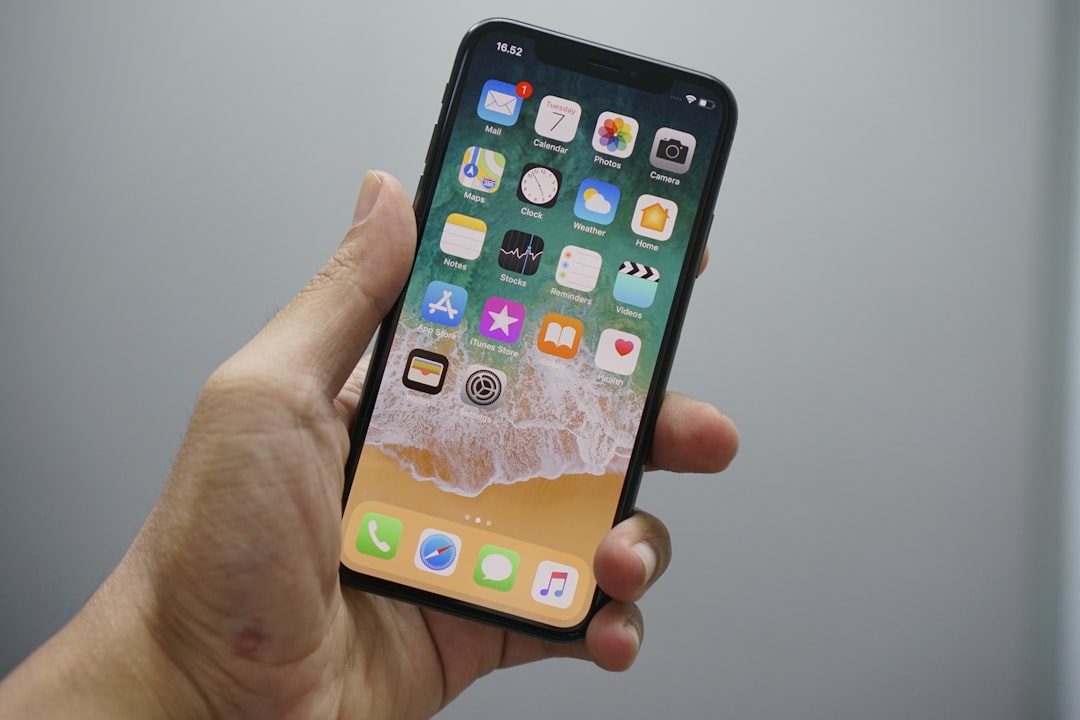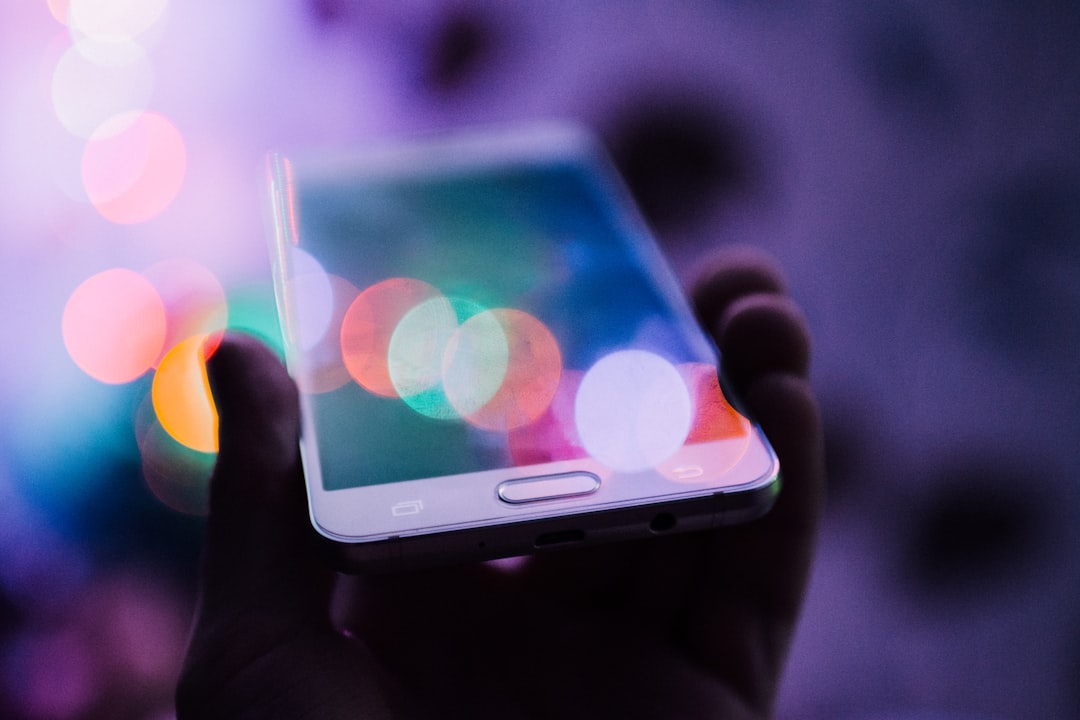Smartphones have become an indispensable part of our daily lives, allowing us to stay connected, informed, and entertained wherever we go. But have you ever wondered how these pocket-sized devices have evolved over the years? Let’s delve into the fascinating history of smartphones and marvel at the revolutionary changes they have undergone.
In the early days of mobile phones, the term “smartphone” didn’t even exist. The first commercially available mobile phone, known as the DynaTAC, was introduced by Motorola in 1984. This hefty device weighed about two pounds, had a battery life of just 30 minutes, and could only make calls. It was a far cry from the smartphones we have today, but it laid the foundation for the technological advancements that were to come.
The 1990s saw the rise of the iconic brick phones. These devices were larger and heavier than their predecessors and featured a longer battery life. Nokia, one of the leading mobile phone manufacturers at the time, released models like the Nokia 2110 and Nokia 8110, which gained popularity due to their durability and extended functionality. These phones allowed users to send text messages, add customized ringtones, and even play simple games.
The early 2000s brought about major advancements in smartphone technology. With the introduction of WAP (Wireless Application Protocol) and the integration of basic web browsing capabilities, mobile phones were slowly transforming into handheld computers. Brands like Nokia, Blackberry, and Palm were at the forefront of this evolution, offering devices that combined telephony with personal information management and basic internet connectivity.
The turning point in the history of smartphones came in 2007 when Apple unveiled the iPhone. This groundbreaking device revolutionized the smartphone industry and set the bar for future generations. With its sleek design, intuitive touchscreen interface, and a wide range of applications, the iPhone became an instant hit. It paved the way for smartphones to become not just communication devices but also lifestyle companions.
Following the success of the iPhone, other companies, including Samsung and HTC, quickly jumped on the smartphone bandwagon, offering their own versions of touch-based devices running on the Android operating system. This led to intense competition, with each manufacturer striving to outdo the others by introducing innovative features and technologies.
In recent years, smartphones have become even more powerful and sophisticated. We now have devices with advanced cameras that rival standalone cameras, cutting-edge facial recognition and fingerprint scanners for enhanced security, and artificial intelligence capabilities that provide personalized user experiences. Smartphones have truly transformed into pocket computers, allowing us to multitask, play high-quality games, stream videos, and perform a multitude of other tasks on the go.








